LiDAR vs. Photogrammetry: The Ultimate Showdown for 3D Mapping (2024)
Drones have recently transformed the landscape of surveying by offering a quick, efficient, and cost-effective means to collect aerial data. If you’re in the surveying and mapping industry, you’ve likely encountered the choice between LiDAR and photogrammetry. It’s not just a challenge for beginners—it’s a topic even experts debate. Both LiDAR and photogrammetry deliver 3D data, but choosing between them is akin to picking your favorite ice cream flavor—tough. In this article, we’ll break down the differences between LiDAR and photogrammetry so you can confidently decide which suits your project best. Let’s dive in. LiDAR, short for Light Detection and Ranging, is a cutting-edge remote sensing technology pivotal to industries like mining, forestry, agriculture, and construction. Although the concept of LiDAR has existed for decades, recent advancements have miniaturized it, enabling seamless integration into drones. This has opened new frontiers in data acquisition and analysis. At its core, LiDAR is an active remote sensing technology that uses lasers to measure the distance between the LiDAR sensor and the target object. This process involves emitting a laser beam that bounces off objects in its path. By precisely measuring the time it takes for the laser pulse to return, LiDAR can determine the distance to the object with exceptional accuracy. The LiDAR system doesn’t operate in isolation. It works alongside other high-precision systems to create a comprehensive representation of the terrain and its topography. Global Navigation Satellite System (GNSS) data, obtained from satellites, aids in precisely locating the LiDAR sensor. Additionally, Inertial Measurement Units (IMUs) contribute by providing information about the sensor's orientation and motion. This combination of technologies allows LiDAR to generate a detailed and accurate 3D point cloud, capturing the shape and location of objects in its operational environment. Photogrammetry, an ancient imaging technique revitalized for the digital age, is a passive measurement method that constructs 3D models by analyzing multiple photos of an object or scene. Since its inception in the 19th century, it has become a cornerstone tool across various industries. The process begins with acquiring numerous photographs capturing the target from different perspectives. These images serve as the raw data that will be processed to construct a 3D model. Specialized software plays a pivotal role in this intricate procedure, meticulously analyzing each photograph to calculate its precise position and orientation within the three-dimensional realm. By combining this abundance of positional data, photogrammetry unfolds a detailed and accurate 3D model, offering a comprehensive view of the captured environment. Photogrammetric surveys yield raw images, precise orthophoto maps, digital surface models (DSMs), and detailed 3D models. Raw images capture visual data, orthophoto maps correct distortions, DSMs provide elevation insights, and 3D models offer a complete representation with texture, shape, and color. In 3D mapping and spatial analysis, LiDAR and photogrammetry are prominent technologies, each with unique strengths and limitations. Here's a table summarizing the key differences between LiDAR and photogrammetry: Ultimately, the best way to choose between LiDAR and photogrammetry is to consider your specific needs and budget. If you need the highest possible accuracy and can afford the cost, LiDAR is the way to go. However, if you're on a budget or need high-quality visual data, photogrammetry may be a better option. When choosing between LiDAR and photogrammetry for geospatial surveying, the debate inevitably centers around accuracy. Both methods offer reliability when executed meticulously. To discern their comparative strengths, a closer examination of absolute and relative accuracy is essential. Absolute accuracy gauges the precision of an object's or feature's position on the Earth's surface in mapping data. It ensures the alignment between mapped points and their real-world geographic coordinates. Relative accuracy measures the precision of the positional relationships between different objects or features in mapping data. It assesses the accuracy of the relative positions of points within the same scene, regardless of their absolute position on the Earth's surface. LiDAR boasts high precision, with an anticipated ranging accuracy of 0.5 to 10 millimeters relative to the sensor. Mapping accuracy reaches up to 1 centimeter horizontally (x, y) and 2 centimeters vertically (z). Point cloud density, the number of points per unit area measured by LiDAR, is key to accuracy, with higher densities yielding more precise maps. A notable example is the JOUAV CW-25E VTOL UAV equipped with PPK and RTK modules, carrying the JoLiDAR-1500. This setup generates highly accurate, true-color point clouds with a point density ranging from 50 to 200 points/square meter, providing a typical absolute accuracy of 2-3 cm vertically. Mounting the JoLiDAR-1500 on a multi-rotor vehicle like the PH-20 further enhances point density and resulting point cloud accuracy. Flying at low speeds and low altitudes, this configuration achieves point densities between 70 and 500 points/square meter, enabling measurements at 1-centimeter intervals and achieving an absolute horizontal accuracy of about 1 centimeter. LiDAR's accuracy is attributed to laser pulses directly measuring distances, eliminating errors in manual measurements. This, coupled with integration with GNSS data, helps provide a high level of vertical accuracy for your digital terrain maps. LiDAR excels in achieving absolute accuracy, making it an ideal solution for creating realistic models of the bare earth by accounting for elevation and vegetation. With its high data point density, surveyors can generate reliable data sets, and the laser pulse rate plays a crucial role in this. For instance, a higher pulse rate, such as the JoLiDAR-1500's collection of 1.8 million points per second, allows for more detailed models, reducing the number of flights needed to cover a specific area. However, it's important to note that LiDAR systems are complex, with various components each contributing to accuracy. Ranging errors in LiDAR sensors, horizontal and vertical position errors in GNSS, roll, pitch, and heading errors in INS, and other factors need to be considered. In conclusion, despite complexities and various factors affecting accuracy, LiDAR generally outperforms photogrammetry in producing more detailed and accurate scans. The precision and versatility of LiDAR make it a preferred choice for intricate mapping applications. However, this is not to say that photogrammetry is not an accurate measurement solution. Certain UAV photogrammetry systems can deliver outputs with horizontal (x-y) accuracy as fine as 1 cm (0.4 inches) and elevation (z) accuracy within the same range. Particularly in areas devoid of dense forest canopy, photogrammetry outshines aerial LiDAR in terms of horizontal accuracy. Now, achieving such precision isn't a walk in the park. You need specialized payloads armed with the right image sensors and lenses to capture the nitty-gritty details. It's not just a pixel game; it's about finding that sweet spot between sensors and lenses. Even two cameras flaunting the same megapixel count but with different-sized sensors can dish out different levels of image quality and accuracy. Optimal accuracy also relies on meticulous mission planning and post-processing. A well-planned mission with adequate image overlap enhances precision and facilitates superior error correction. High-end UAS, coupled with specialized mission planning and post-processing workflows, play a pivotal role in ensuring the collection of high-quality data that translates into accurate results. Nevertheless, without the aid of ground control points or RTK- or PPK-enabled UAVs, achieving absolute accuracy in photogrammetry becomes challenging. Shadows, occlusions, and the texture of the surveyed object are additional factors that can impact photogrammetric accuracy. When all the necessary elements align, photogrammetry excels in terms of relative accuracy. In contrast, LiDAR stands out by not necessitating ground control points for accurate data acquisition. This stands as a distinct advantage, especially considering the time-consuming nature of setting up GCPs. LiDAR tends to be on the pricier side compared to photogrammetry, largely due to the specialized components and advanced technology it requires for drone implementation. The cost variations between the two technologies are noticeable across different facets. Firstly, the drones themselves: LiDAR-equipped drones come with a higher price tag, ranging from $50,000 to $350,000. This is a reflection of the need for specialized components inherent to LiDAR technology. Conversely, photogrammetry drones are more budget-friendly, falling within the range of $2,000 to $20,000. Moving on to comprehensive systems, the disparity continues. A high-end photogrammetry system typically costs between $20,000 and $30,000. In contrast, just the sensor for LiDAR systems hits around $100,000. For lightweight drone LiDAR payloads, excluding the drone, the cost falls between $65,000 and $100,000. Considering drone services, LiDAR services incur higher expenses. Handheld Vacuum Cleaner,Cordless Vacuum Cleaner,Car Vacuum Cleaner,Household Vacuum Cleaner, Rechargeable Vacuum Cleaner Shenzhen Baidi Technology Co.,Ltd , https://www.szpaddy.comWhat is LiDAR and How Does It Work?
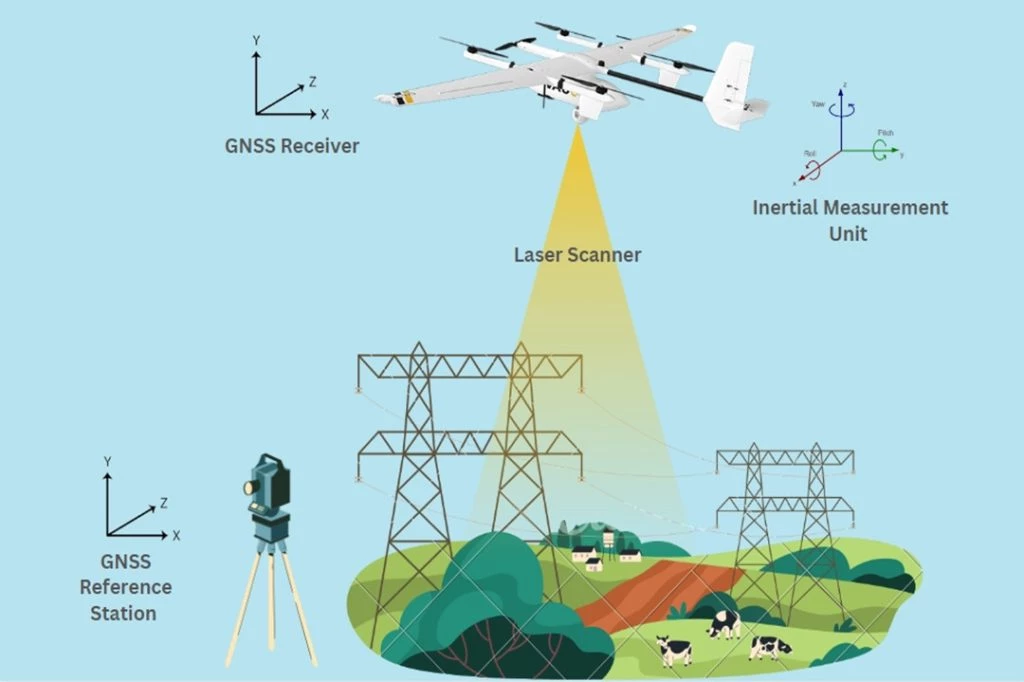
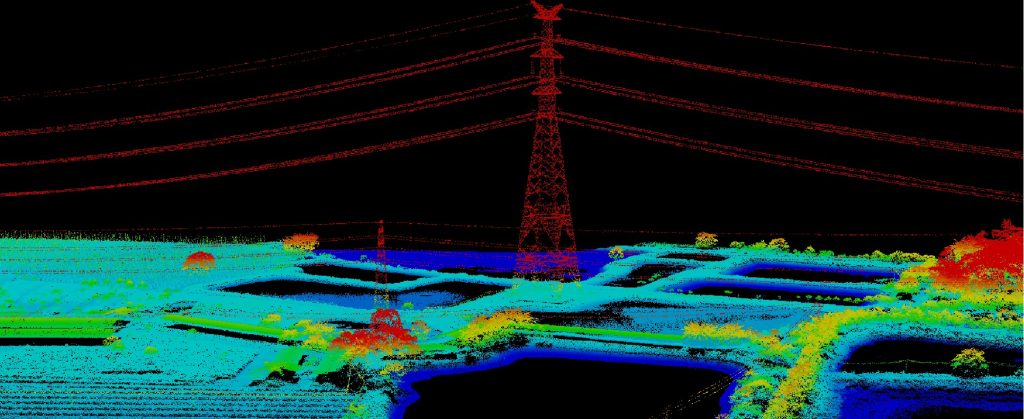
What is Photogrammetry and How Does It Work?
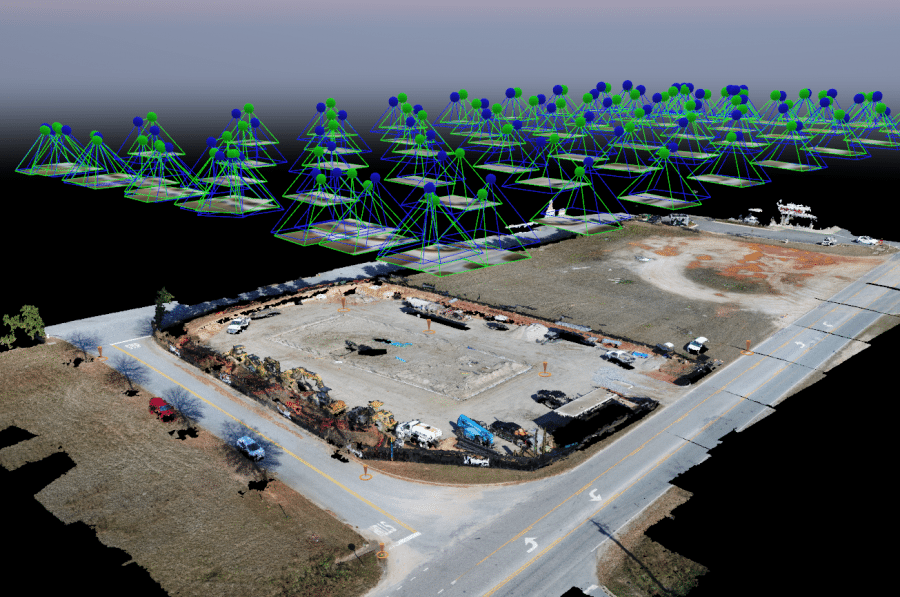
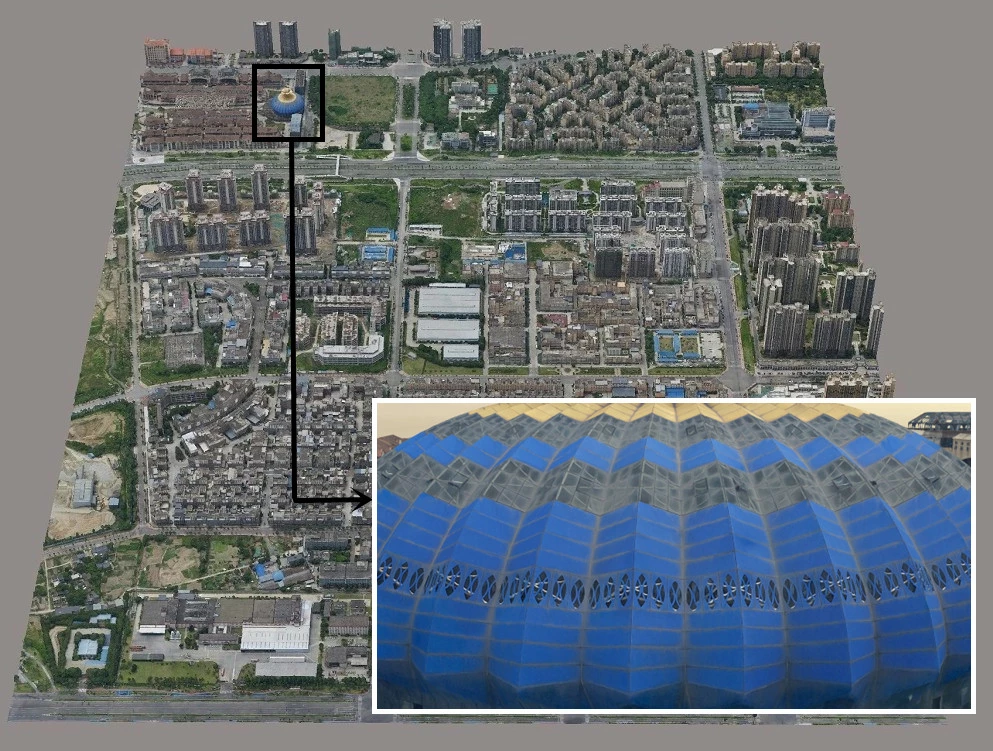
LiDAR vs. Photogrammetry: Pros and Cons
Feature
LiDAR
Accuracy
High
Moderate
Vegetation penetration
Yes
No
Light dependence
No
Yes
Cost
High
Low
Color information
Limited
High
Ease of use
Moderate
Easy
Versatility
Moderate
High
Processing Time
Fast
Slow
LiDAR
Pros:
Cons:
Photogrammetry
Pros:
Cons:
LiDAR vs. Photogrammetry: Which is More Accuracy?
Absolute (Vertical) Accuracy
Relative (Vertical) Accuracy
LiDAR Accuracy
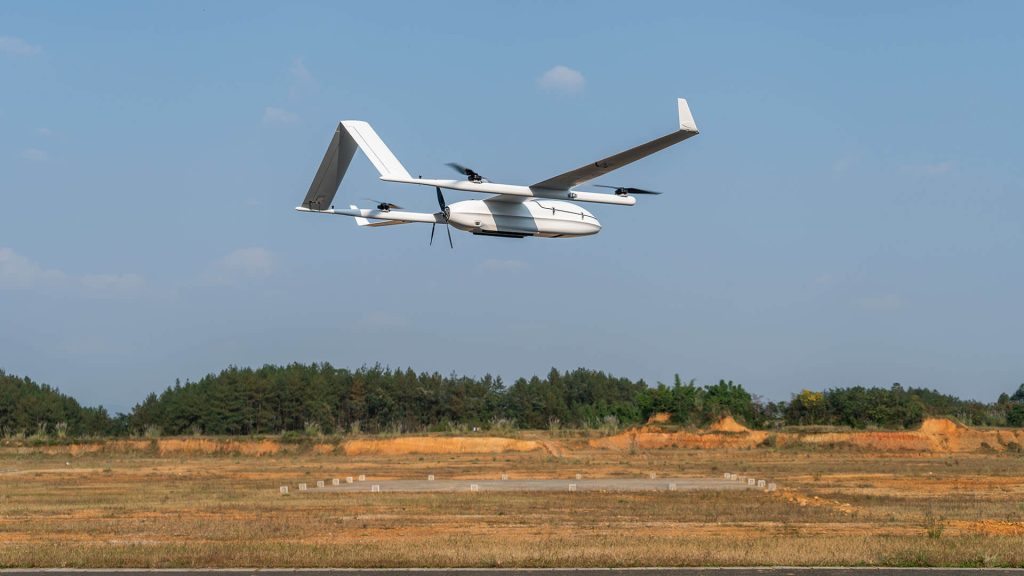
Photogrammetry Accuracy
LiDAR vs. Photogrammetry Cost